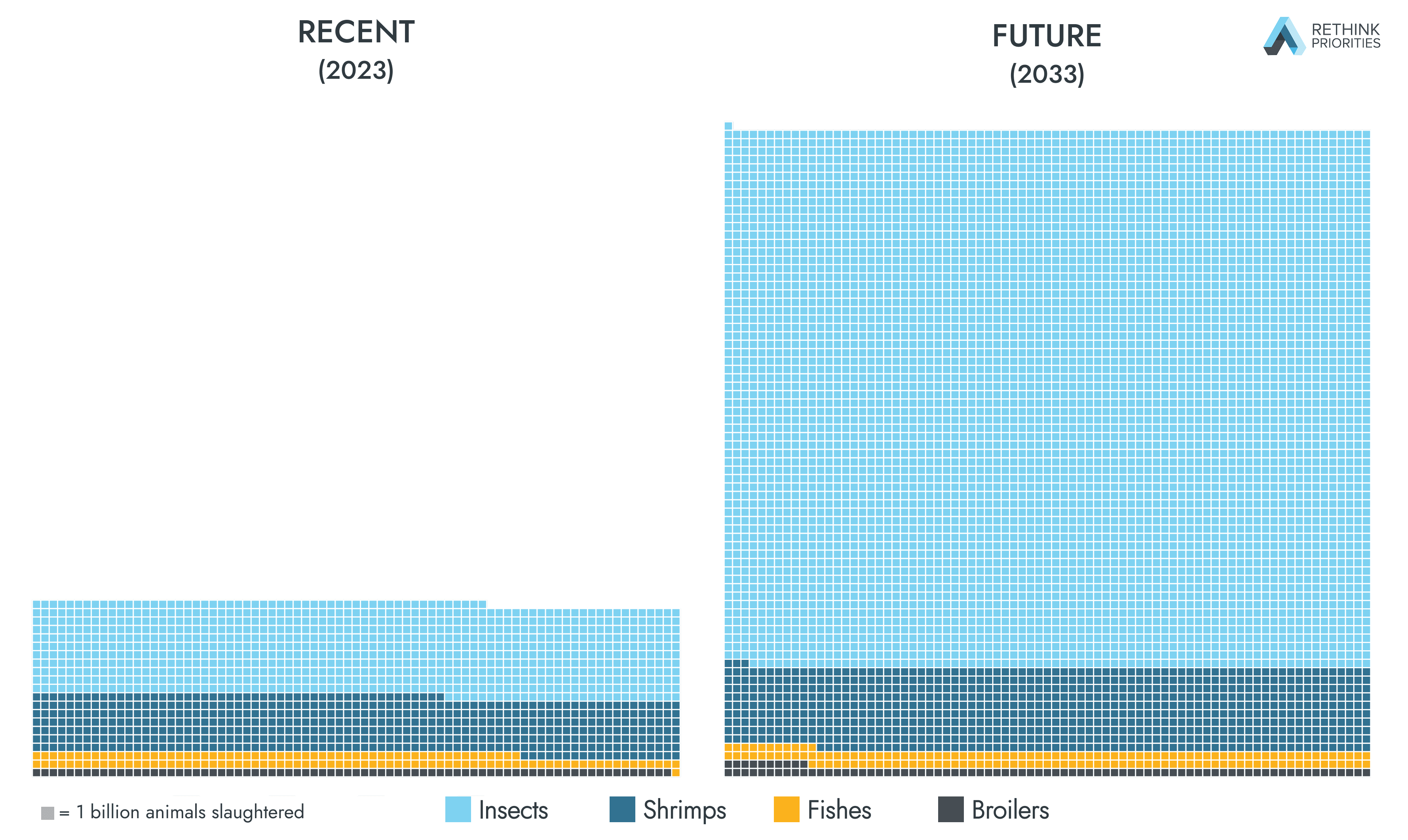The Ukraine conflict as cause area
Since WW2 the world has enforced a norm against states invading other states and taking their territory. The main reason this occured is that military power became concentrated in a cartel of a few large states (US, UK, France, the Soviet Union). These states were pretty tired of wars, and also did not want smaller states to unify and challenge them. Effectively, each of the big 4 (China eventually joined) agreed to stop their own clients from making territorial war. By territorial war, I mean that if you won you had to give back the clay you took, or release it as an independent state (as in the Bangladesh Liberation War). This was stunningly effective, and the the drop in the number of territorial changes around 1946 is actually really astonishing.
The advantage of this system is that wars decreased in frequency (civil wars increased but interstate wars declined). Fewer wars meant fewer mass-death instances and fewer disruptions to development. States also had to spend less of their budgets preparing for war (they still spend a bunch because non-territorial wars happen and there are occasional violations). However, the system had some downsides too. Territorial wars have the positive quality of destroying the most ineffective political regimes. Regimes which cannot provide a public good (defense), grow their economies or educate their citizens were much more likely to disappear from the state system. As a result ineffective regimes, especially those sitting on valuable resources like equatorial guinea, last much longer now. But this downside is widely considered a small price to pay.
However, the Russian invasion of Ukraine is a serious violation of the norm. Russia recently invaded Ukraine to control its security policy and with the express intent of changing its territorial boundaries [^1]. This action has raised concerns about the health of the norm. Many states have begun supporting Ukraine and damaging Russia to restore deterrence.
The theory of change is as follows: If Russia is able to invade Ukraine without strong punishment, then other states will see that the punishment for invasions is now weak. This will encourage countries like China to invade their neighbors. The more invasions occur, the harder punishment will become. This would make international wars more common, causing deaths, dedevelopment and wasted spending on defense.
The intervention
Weapons are usually very expensive and therefore a poor philanthropic investment, see iconic slate (article)[https://slate.com/business/2013/08/syria-intervention-cost-military-strikes-are-a-highly-cost-ineffective-way-to-help-people.html].
However, a cost effective opportunity is available. Ukraine currently lacks its own dedicated satellite constellation. For $ 10 million, Ukraine can have its own satellite constellation up in days or weeks. Conventional defense aid is often clunky, but private donors could make this happen quickly. You can donate here https://halifaxtheforum.org/ukraine-victory-fund/
Why satellites are important
I'm a politics expert not a military expert, but satellites are pretty important for three reasons.
-
Identifying enemy troop formations to attack. If Ukraine is more effective, Russia is more punished and other states are deterred from invading. This video gives an example of how effective they are.
-
Satellites may reduce civilian casualties by identifying actual military targets more precisely.
-
They also help identify pathways for refugees to escape (according to Halifax's website). I cannot fact check that.
[^1] Changing Ukraine's territory is popular in Russia because an involuntary partition of Ukraine in 2014 went fairly well. Partition is dividing a country, usually to prevent civil war. In the Donbass region Russia followed the norm by releasing Donetsk and Luhansk as separate states, but in Crimea Russia flagrantly violated the norm by annexing the land. This was also popular in Crimea.



It's fine to not (be able to) provide more support/analysis, but if you can't then I wouldn't recommend having such a definitive/confident title.
On the point of bureaucracies, they weren't particularly slow when it came to (Stinger/Javelin?) missiles, and they wanted to move somewhat fast (in fact, faster than probably would have actually been possible) to provide fighter jets, although they decided against that in the end.